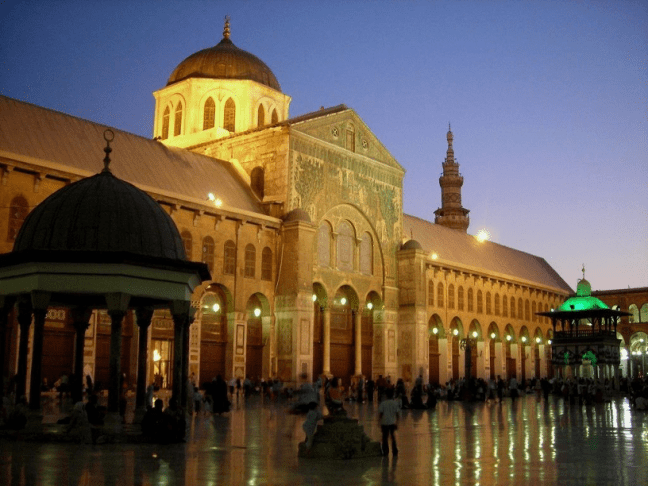In a previous Islamic Law Blog post, Justin Stearns argues that we need to explore the diversity of Muslim responses to pandemics rather than citing individual prophetic reports or statements by famous scholars. Rather than looking at simple antecedents to our current COVID-19 crisis, it would be better to look at the range of responses to plagues within human history and examine how various communities responded in different ways based on their knowledge and contexts.
In this post, I will analyze how the medieval population of Damascus responded to the medieval Black Death in a similar way as they did to droughts and thus put plagues in the category of “natural disasters.”[1] Because “natural disasters” came from God or were part of his divine decree, worship was directed solely to Him in lifting the disease from the land. The “natural disasters” were not seen as having originated from other groups, such as minorities, so we do not see largescale scapegoating. Rather, the religious authority organized a gathering similar to the rain prayer (ṣalāt al-istisqāʾ) which was designed to unite the community around the common crisis and affirm God’s ability to end it. However, critics argued that the gatherings were a religious innovation (bidʿa) as no analogy (qiyās) could be drawn to prescribed ritual prayers. Moreover, they contended that disease and deaths in fact increased after these gatherings demonstrating their ineffectiveness and potential harm.
